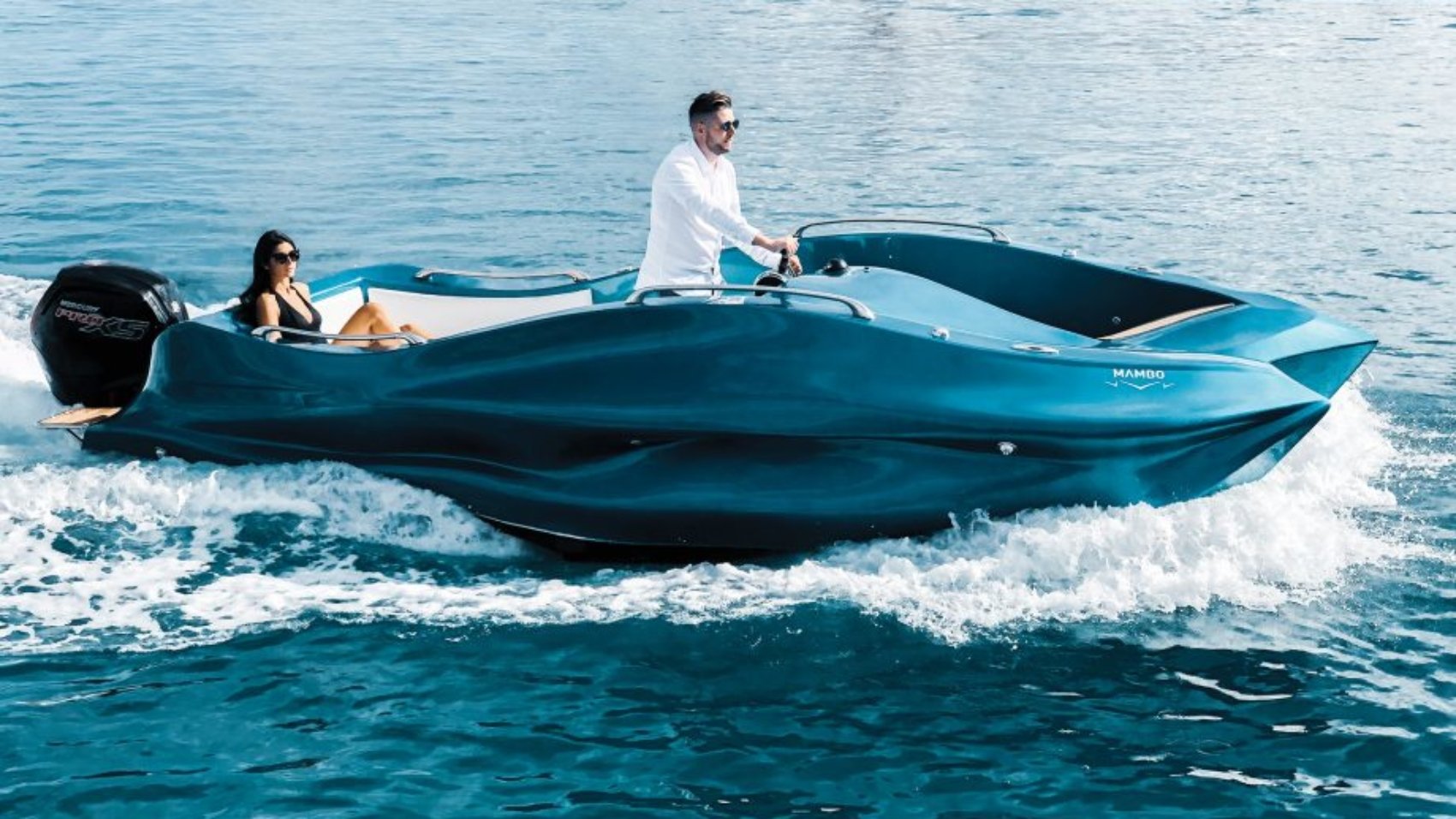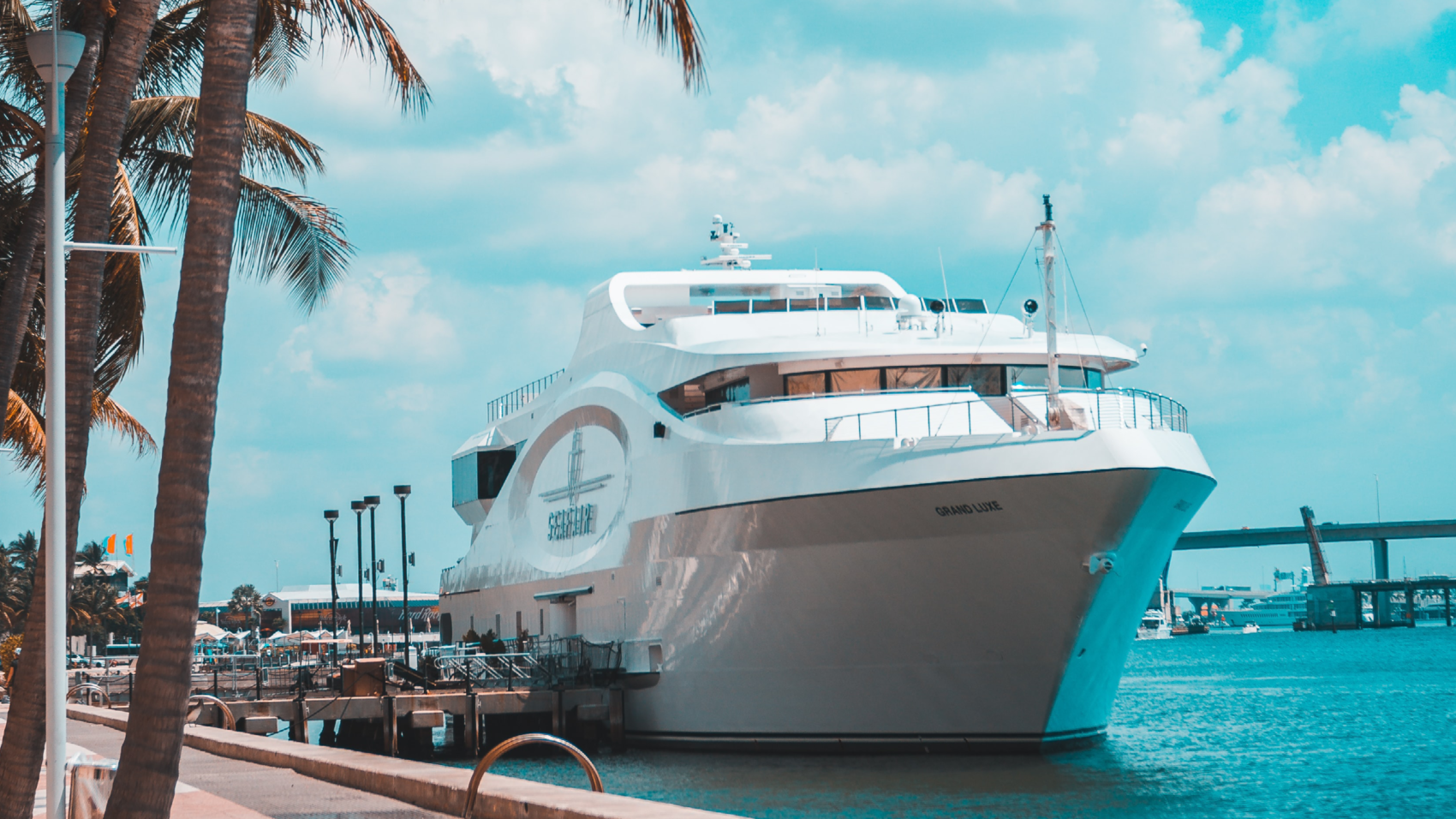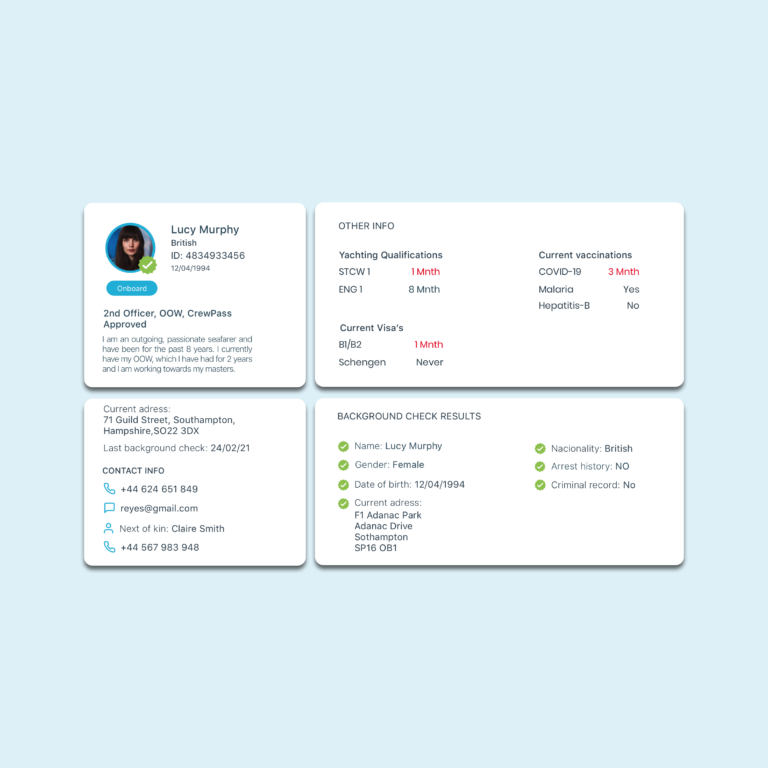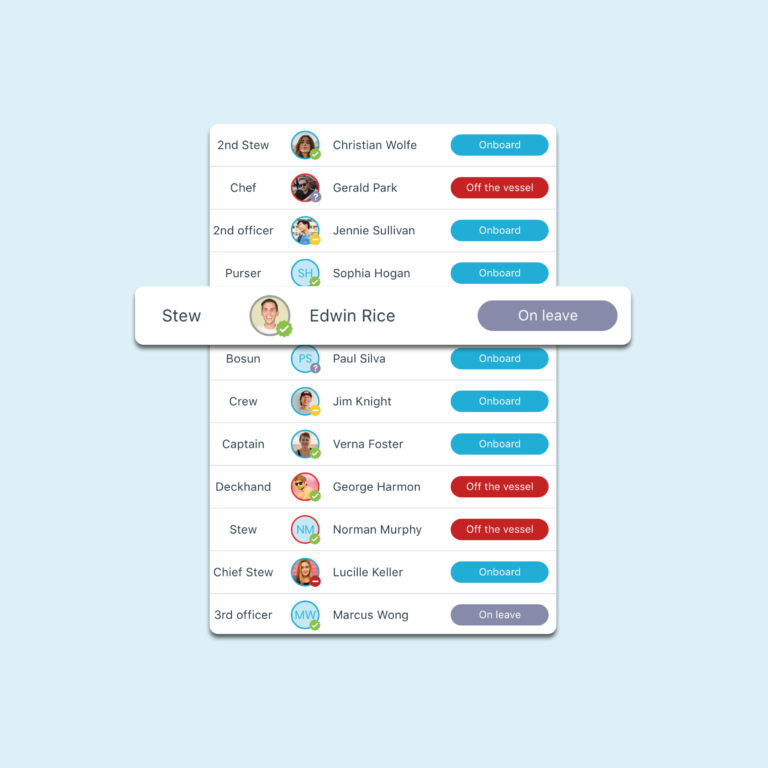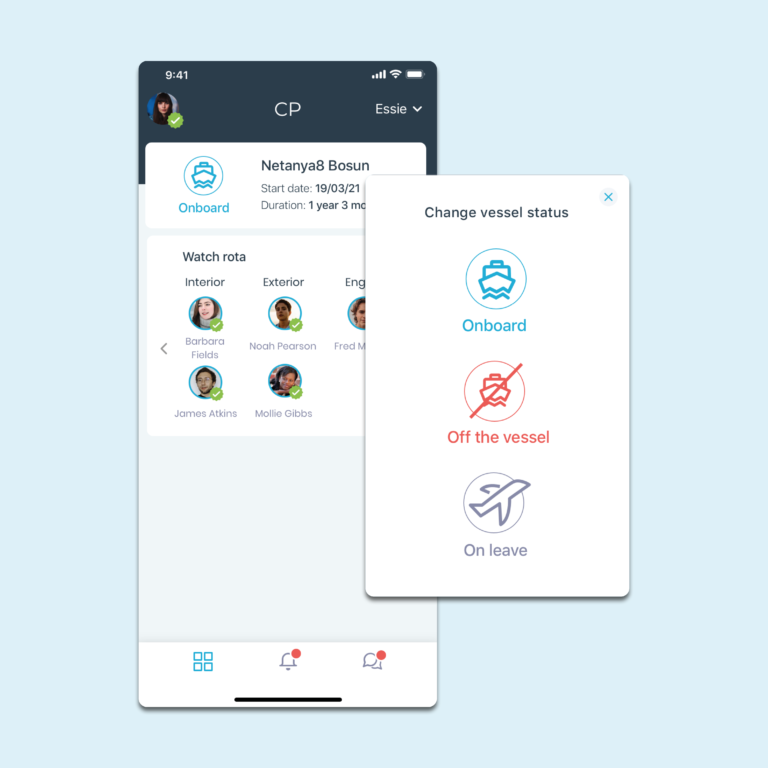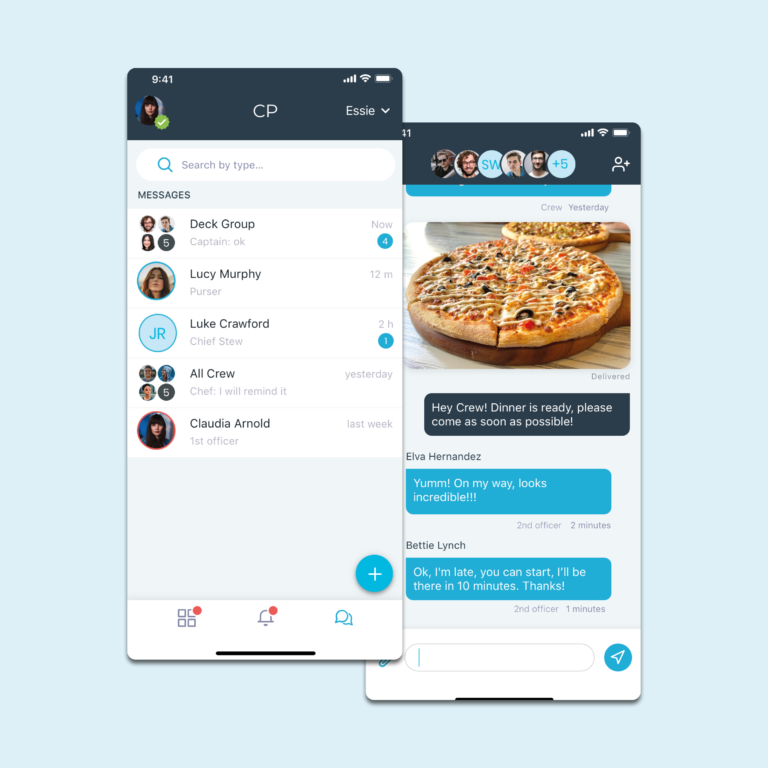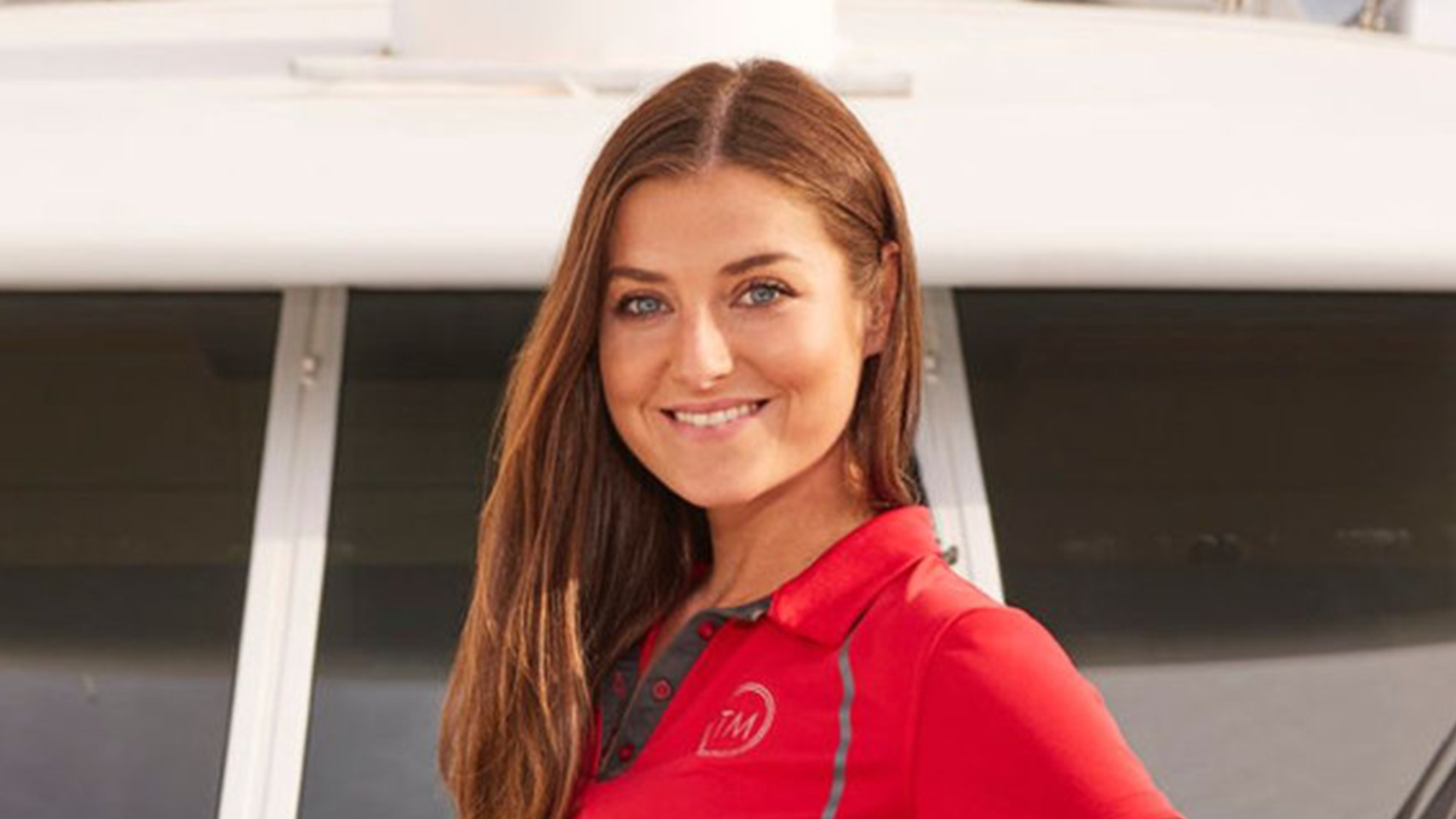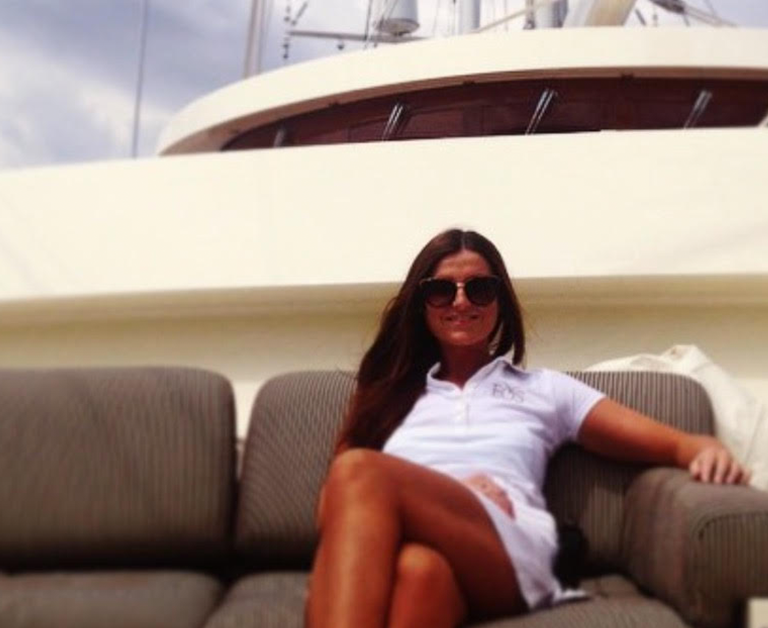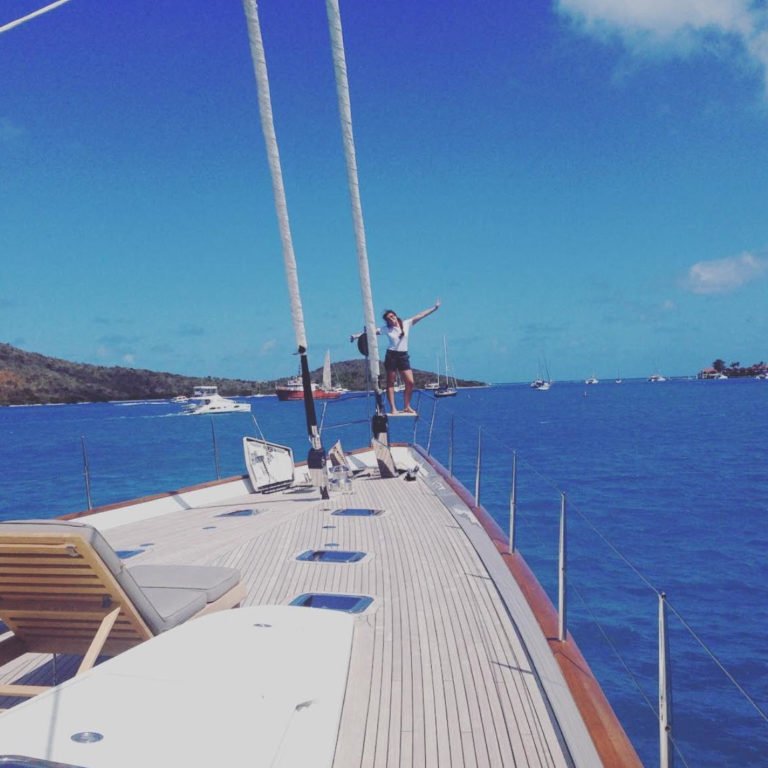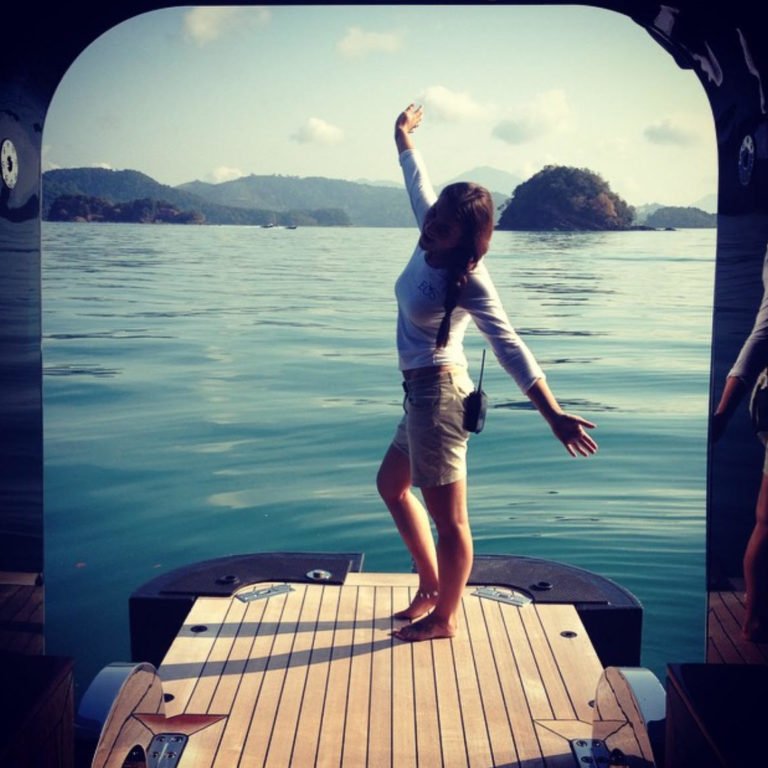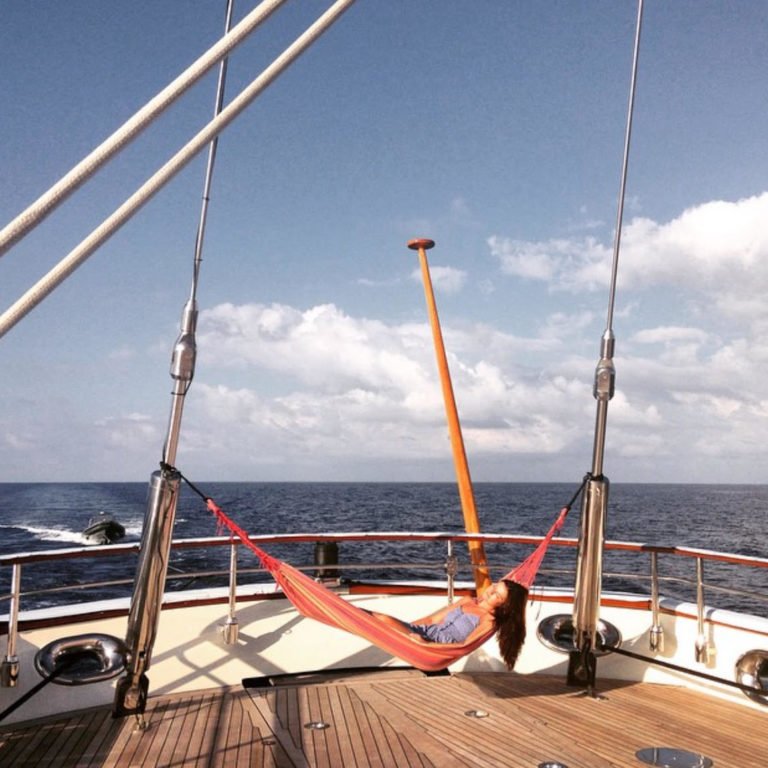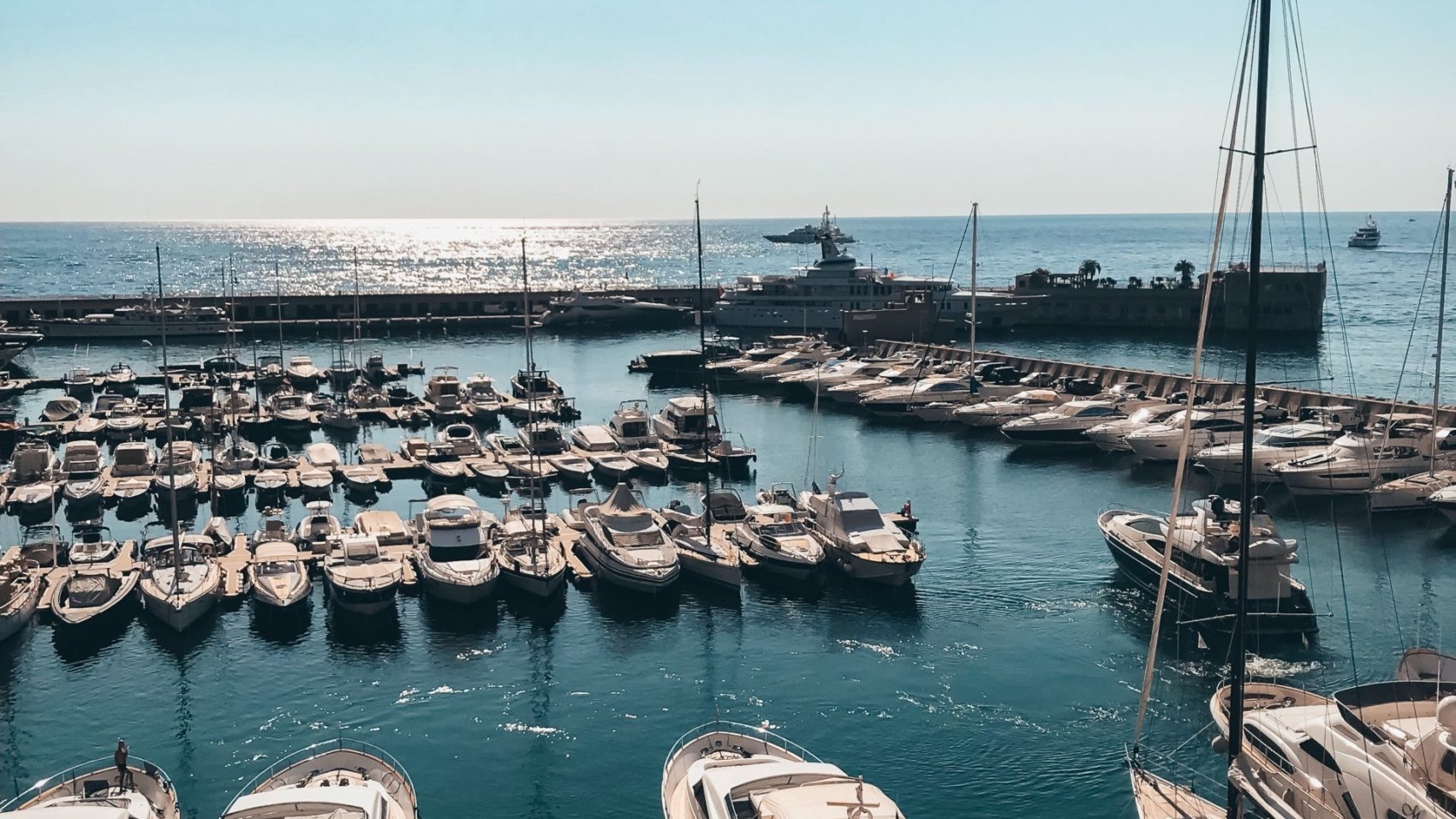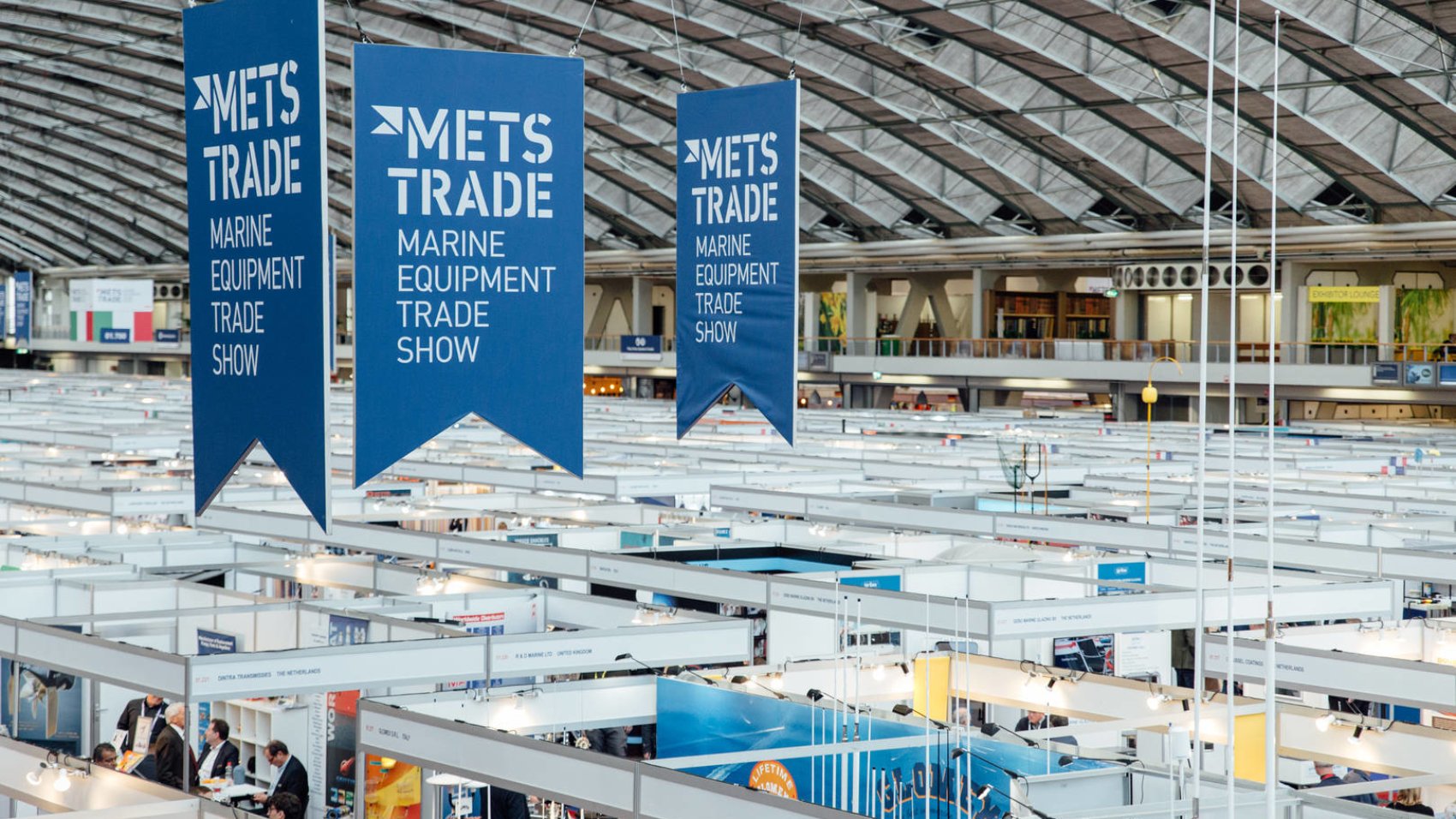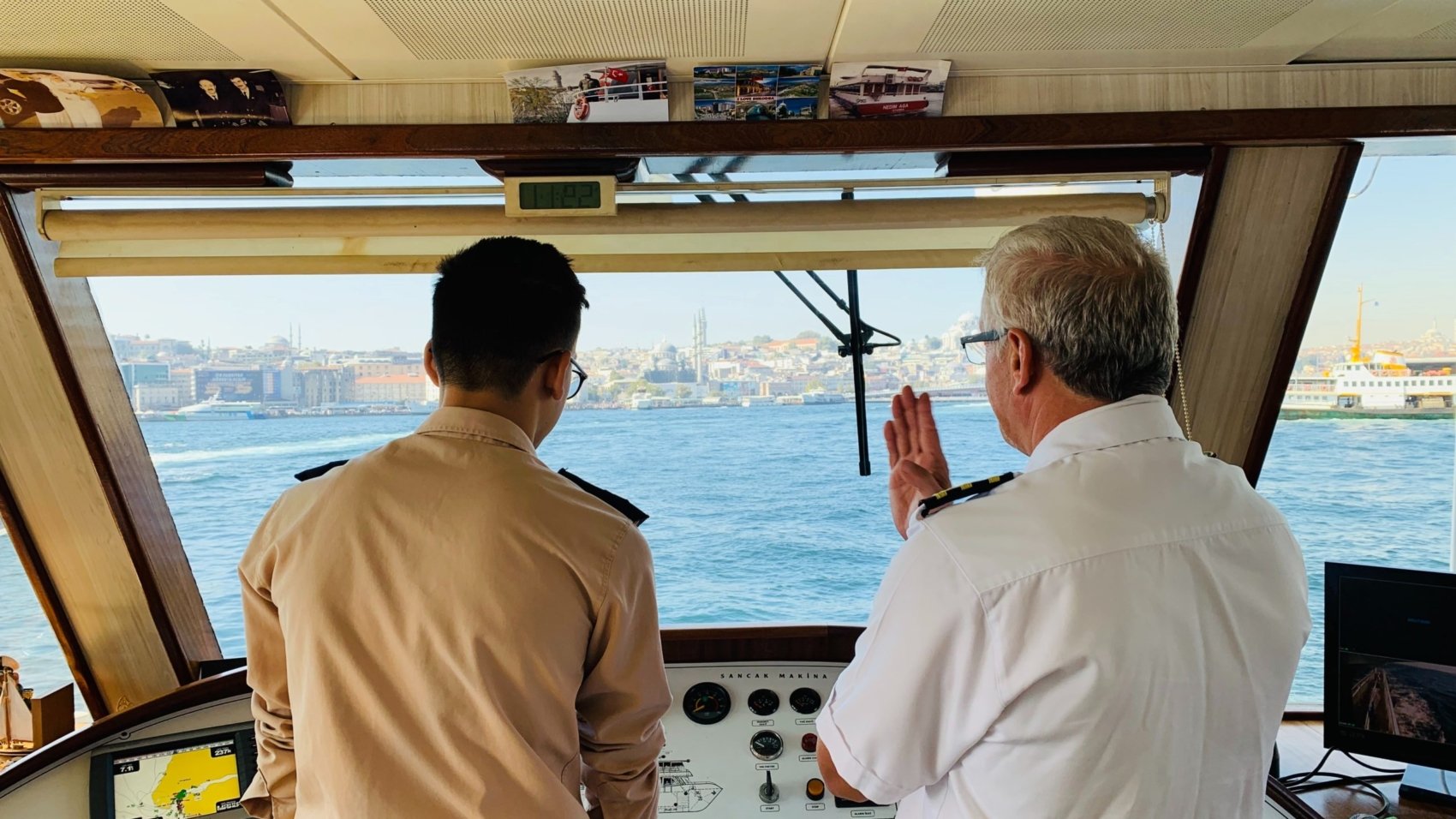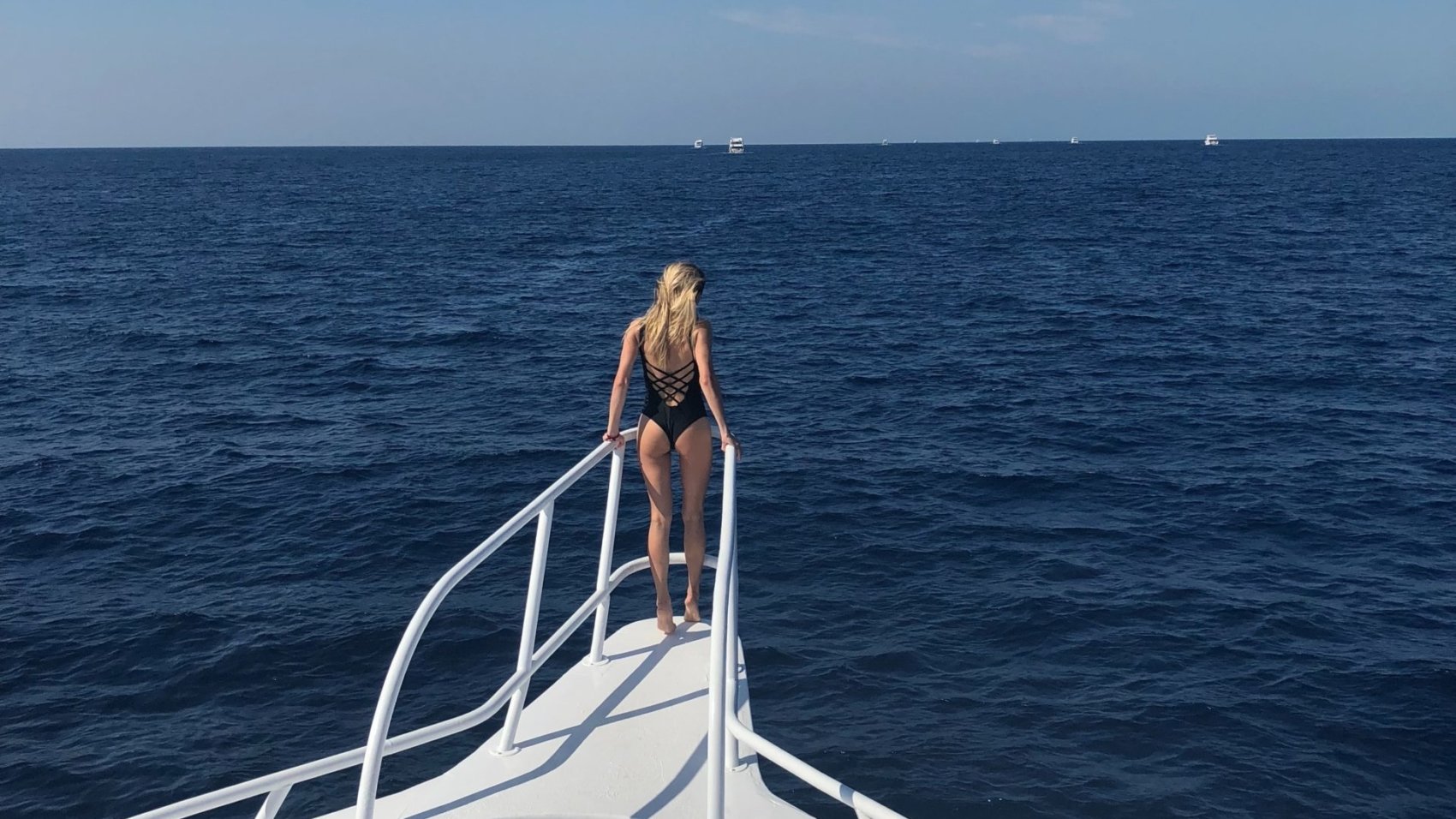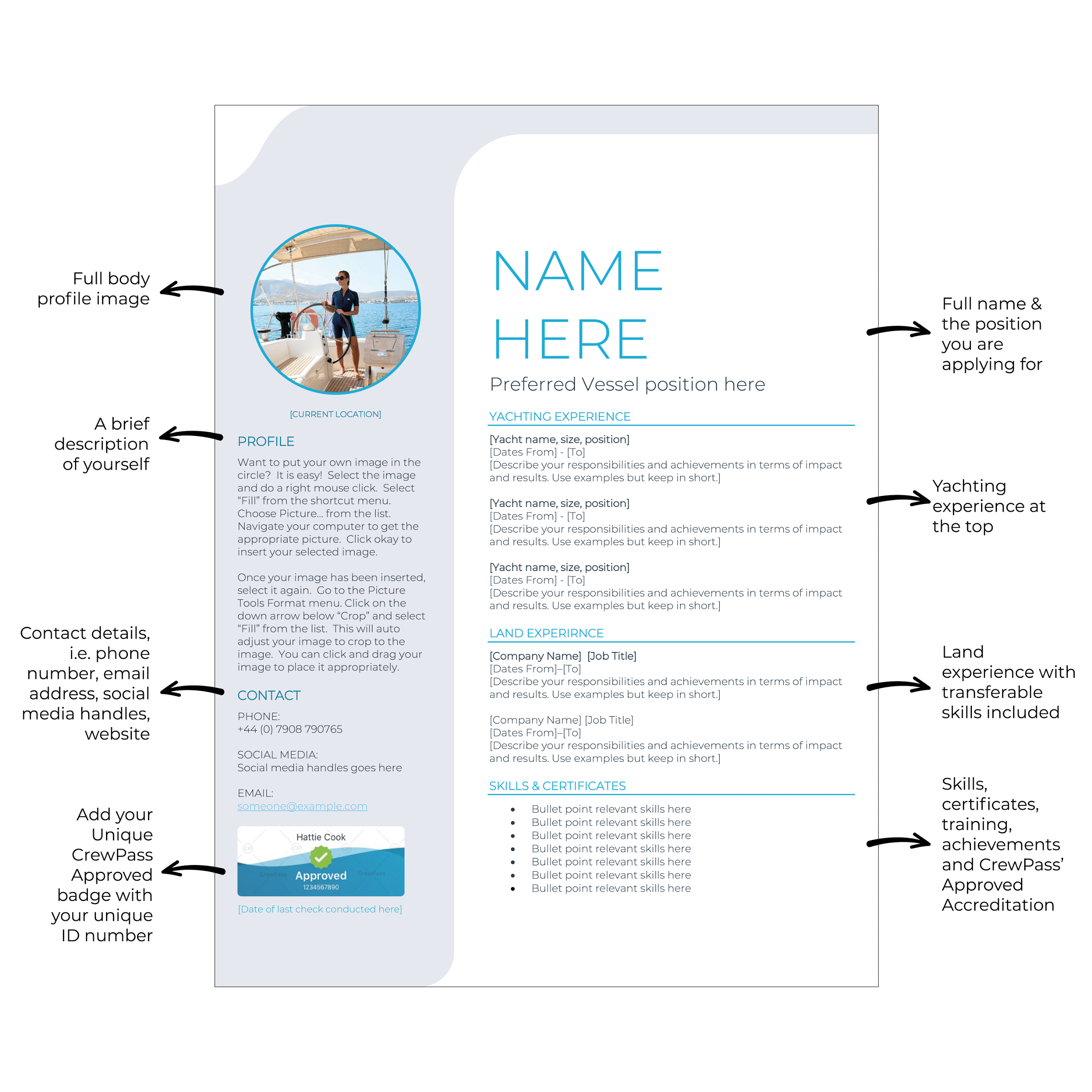Boat international spoke to some of the “most influential people in the yachting industry” to hypothesise key trends for the future of the yachting industry. 3D printing seemed to be a popular prediction for the future of yachts. Many large industries have already adopted 3D printing for manufacturing. For example, the healthcare industry, the aerospace industry, and the defence industry have all incorporated 3D printing into their manufacturing. This fundamental transformation has enabled distributed manufacturing and decentralised production. Furthermore, this has contributed to materials development, expanded digital architecture, and greater endurance within 3D manufacturing technologies. Additive manufacturing (3D printing) has offered more efficient solutions by saving time in the design process and “[enables] easy scalability in rapid prototyping to full-scale manufacturing” (Rush LaSelle, Senior Director, Jabil).
Gregory C Marshall (Canadian yacht designer) informs The Boat International that the future of yachting lies in new technology: “We are deep into the possibility that we could print an entire yacht using 3D additive printing.” Some innovative players in the maritime sector have already adopted 3D technology into some design components for their boats. For example, the 12’4″ (6.5 meters) long, 8’2″ (2.5 meters) wide, and about 1763.7lbs (800 kg) in weight boat named MAMBO is a fully functional 3D fibreglass boat. The Pioner 14 Active Dark Line model is Europe’s first seaworthy 3D printed boat, and it is made “layer by layer” from a mixture of glass fibre and plastic. The Amsterdam Institute for Advanced Metropolitan Solutions and MIT’s Computer Science and Artificial Intelligence Laboratory (CSAIL) has focused on the world’s first autonomous 3D printed boat: Roboat, as part of five-year research.
A notable boat that has been ground-breaking in the maritime industry is 3Dirigo. This boat was announced by the University of Maine’s Advanced Structures and Composites Center in September 2019. If you have not heard of 3Dirigo, the 3Dirigo is the world’s largest 3D-printed boat. It only took 72 hours to make the whole 25′ (7.6m) long, 5,000lbs (2,268kg) boat! This boat is so impressive that it holds the record for being the world’s largest solid 3D printed item. Unlike other moulds, a 3D-printed mould is made from thermoplastics and wood composites that take a very short time to make, and they can be recycled, unlike traditionally made products that are disposed of in landfills.
According to MaineBoats:
“The 3D printing project puts Maine at the forefront of a rapidly evolving industry, and has the potential to make a ground-breaking difference not only for boatbuilders, but also for other manufacturing sectors.”
However, this boat won’t actually be used, but it has been tested in a pool at the Alfond 22 Ocean Engineering Laboratory test site.
But will 3D printing be the future of superyacht manufacturing? Well, on average, a superyacht is from 40 metres (130 ft) to more than 180 metres (590 ft) in length. In contrast, the Ingersoll Machine only has the capacity to print objects that are 100 feet long, 20 feet wide and 10 feet tall, according to MaineBoats. But when 3D technology advances and has the capacity to build larger objects, it is not impossible that 3D printers could make superyachts in the future. Thus, Gregory C Marshall states that this technology will disrupt virtually every aspect of the industry. It’s a lot closer than you think — I’d say 2050 — and we will see large component parts before that.”
Do you think 3D printing will be used commonly for superyacht manufacturing in the future? Let us know in the comment section below!
Sources:
https://maineboats.com/print/issue-162/university-maine-3dirigo
https://www.3dnatives.com/en/3d-printed-boats-300320214/#
https://www.jabil.com/blog/future-of-3d-printing-additive-manufacturing-looks-bright.html

